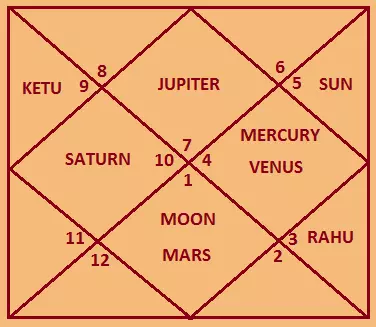Palmistry

Best Astrologer in India: - Dr.A.S.Kalra
Palmistry
Palmistry
Unlock the Secrets Hidden in Your Hands
What is Palmistry?
Palmistry, also known as Chiromancy, is the ancient art of interpreting the lines, shapes, mounts, and markings on a person’s palm. Practiced for thousands of years across India, China, Greece, and Egypt, it is believed to reveal insights into a person’s character, past, and potential future.
The Major Lines of the Palm
There are three primary lines on the palm that are analyzed in palmistry:
- Life Line: Indicates vitality, general well-being, and major life changes.
- Heart Line: Reflects emotional stability, romantic perspective, and cardiac health.
- Head Line: Represents intellect, thought process, and decision-making ability.
The Minor Lines
Additional lines that provide more detail in a palm reading include:
- Fate Line: Associated with destiny, career, and external influences.
- Sun Line: Connected to fame, creativity, and public recognition.
- Health Line: Indicates physical and emotional health.
- Marriage Lines: Show relationship dynamics and marital prospects.
Mounts on the Palm
The raised pads or "mounts" beneath each finger and on various parts of the palm also hold significance. Each mount is associated with a planet, such as:
- Mount of Venus: Love, passion, beauty
- Mount of Jupiter: Ambition, leadership, honor
- Mount of Saturn: Wisdom, discipline, introspection
- Mount of Apollo (Sun): Creativity, fame, artistry
- Mount of Mercury: Communication, wit, business
Finger Shape and Hand Types
Palmistry also considers the shape of fingers and the overall hand structure. There are four elemental hand types:
- Earth Hands: Square palms and short fingers – practical and grounded
- Air Hands: Square palms and long fingers – intellectual and communicative
- Water Hands: Long palms and long fingers – sensitive and emotional
- Fire Hands: Long palms and short fingers – energetic and passionate
Why Get a Palm Reading?
A palm reading can offer personal insights, validate your strengths, alert you to hidden challenges, and guide you toward better decision-making in love, career, and health.
| No. | Type of Astrology |
|---|---|
| 1 | Indian Vedic Astrology |
| 2 | Western Astrology |
| 3 | Palmistry |
| 4 | Numerology |
| 5 | Tarot Card Reading |
| 6 | Chinese Astrology |
| 7 | Tibetan Astrology |
| 8 | Kabbalah Astrology |
| 9 | I-Ching |
| 10 | Runes |
| 11 | Mayan Astrology |
| 12 | Horary Astrology |
| 13 | Electional Astrology |
| 14 | Financial Astrology |
| 15 | Medical Astrology |
| 16 | Coffee Cup Reading |


